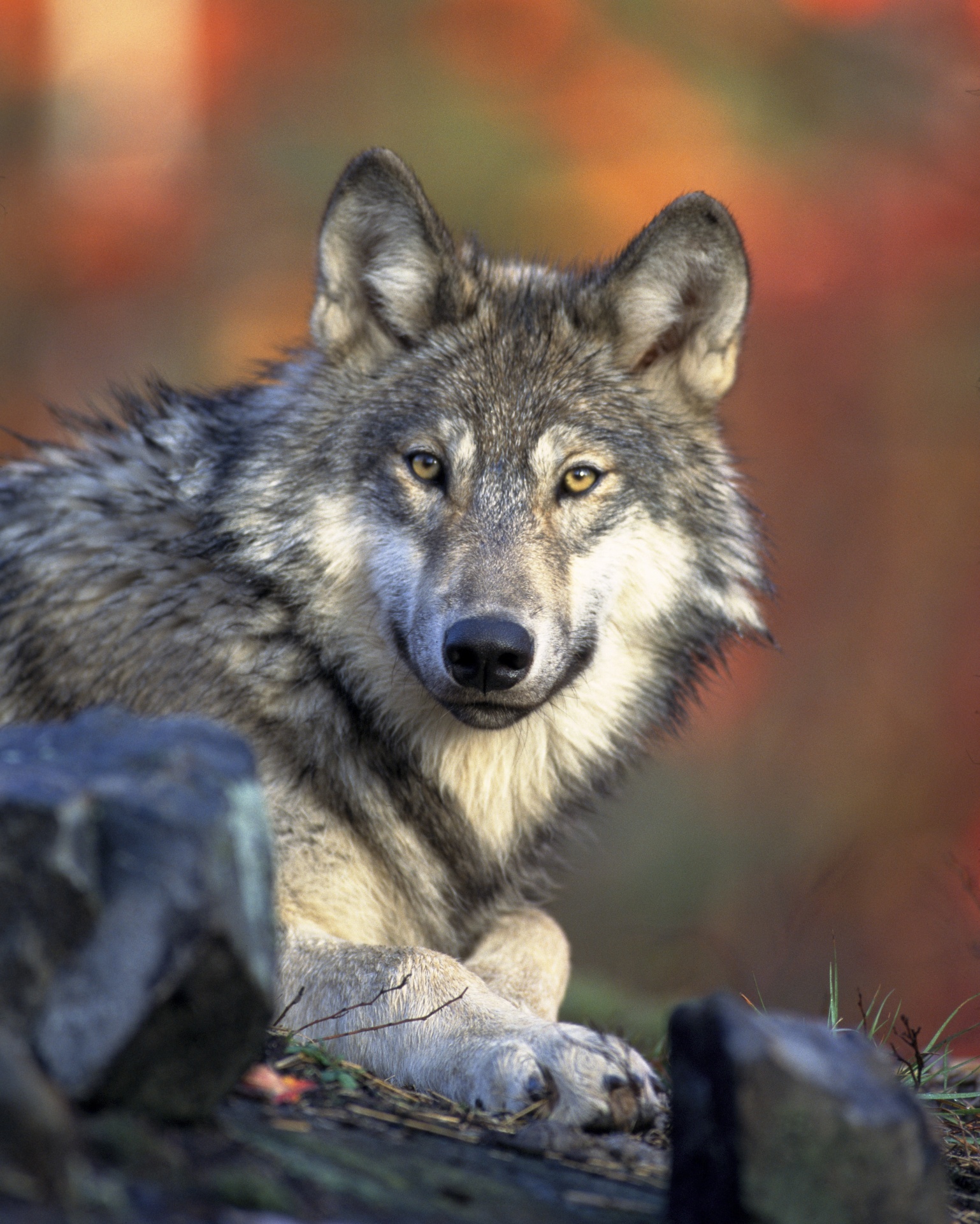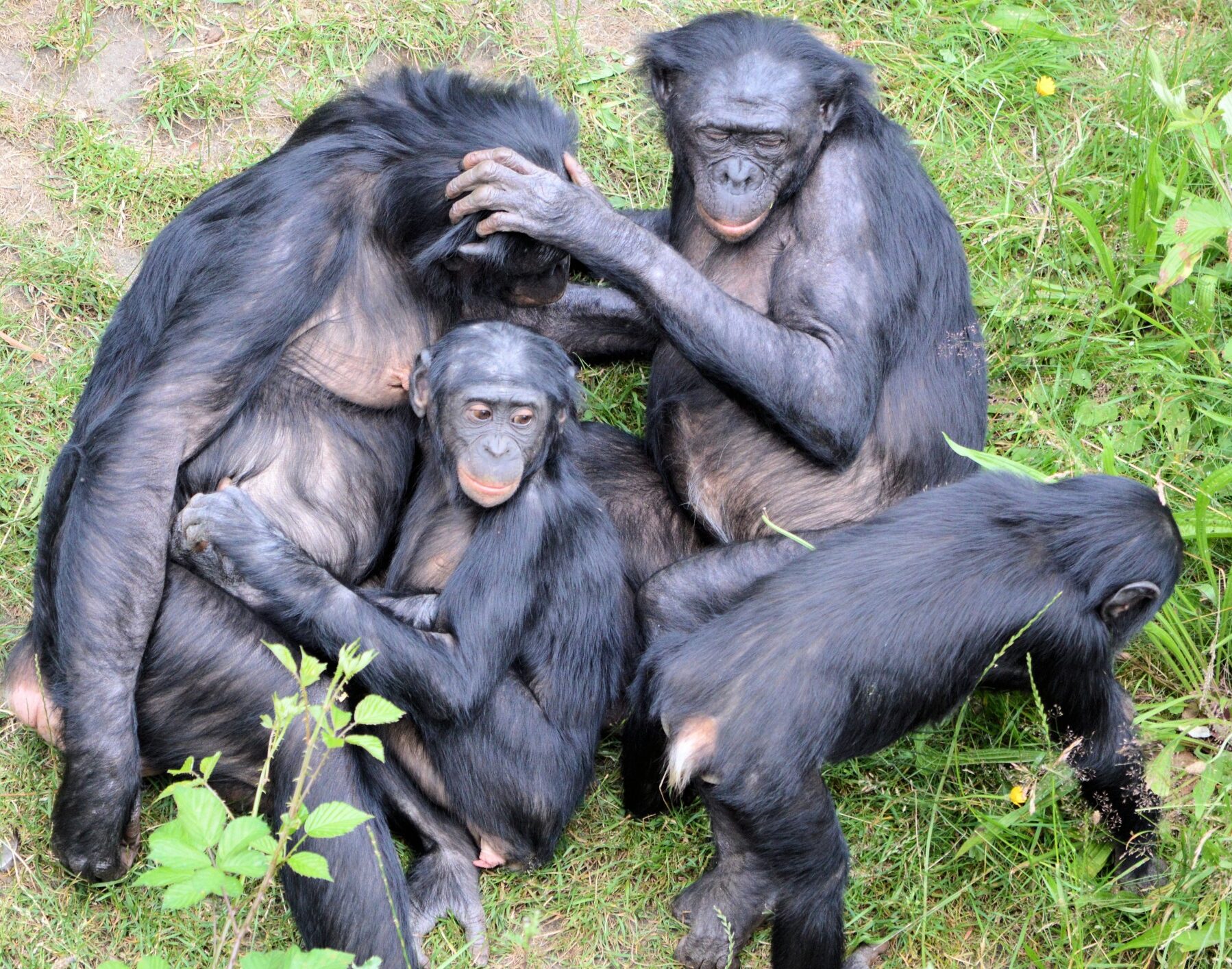A new global study has uncovered key patterns in the kill rates of large terrestrial carnivores, shedding light on how these predators hunt and impact their ecosystems. The research analyzed kill rates across a variety of species, revealing notable differences between social and solitary carnivores.
What Scientists Found
One of the study’s major findings is that social carnivores that hunt in groups often have higher total kill rates than solitary species. However, on an individual level, solitary carnivores tend to kill more frequently. This trend is particularly evident in large cats such as tigers and leopards, as well as in brown bears, which were found to have some of the highest per capita kill rates among the species studied. The findings suggest that while group hunting provides advantages in securing food, it also means that each member of the group may contribute less to the total number of kills compared to solitary hunters.

Why It Matters
Understanding carnivore kill rates is crucial for conservationists and ecologists, as these rates influence predator-prey relationships, species interactions, and even human-wildlife conflict. Researchers have used this data to study the effects of carnivores on ungulate populations and broader ecosystem stability. However, despite the importance of this research, significant gaps remain in the data. The study highlights that kill rates for many large carnivores, particularly omnivorous predators like bears, remain poorly documented. Additionally, some lesser-known carnivores, including the fossa, dingo, and clouded leopard, have been largely overlooked in kill rate research.
The authors emphasize the need for further study to fully understand how different carnivores influence their environments. More research could help fill critical knowledge gaps and improve wildlife management strategies, particularly in areas where large predators interact with human populations.
***
“A global assessment of large terrestrial carnivore kill rates.” Emerson et al. Biological Reviews (2024).








